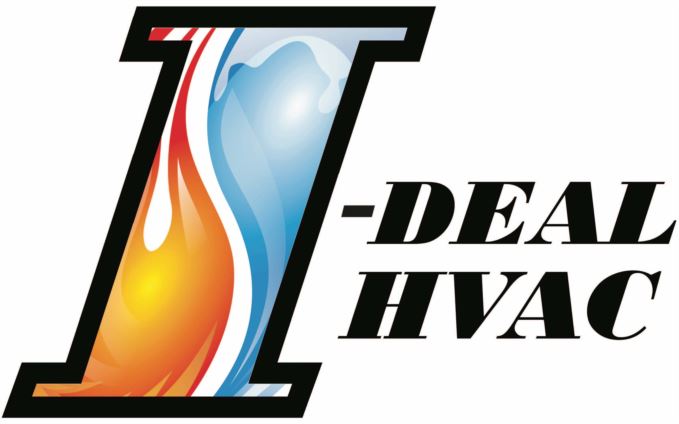We all like saving money on our monthly utility bills, but it just so happens there’s a way to do it when you aren’t even home.
It starts with your thermostat. By using automatic schedules, you can structure its daily schedule around your personal preferences. That means you can have different temperature settings for when you’re home, away or even when you’re asleep.
By trying a few of these schedules, you’ll be able to enjoy comfortable temperatures while cutting down your energy bills. Check out our guide on how your thermostat can be a source of energy savings:
While at Home
When you’re home, you want a nice range of pleasant temperatures. It’s only natural to want your thermostat lower in the summer if you’re indoors to make the most of the cool air.
But the most energy-efficient temperatures for when you’re in your home during the summer is usually between 78 and 80 degrees Fahrenheit. By adjusting things a few degrees, you’ll keep cool while still keeping your energy bills low.
While Away
When setting the temperature for when you are out of the house in summer, it’s advantageous to set the thermostat higher than normal.
If your home is located somewhere a little cooler, you can set the thermostat to higher temperatures like 88 degrees while no one is home before lowering it back to the sweet spot of 78-80 degrees when you or a family member return. This way, your air conditioning unit won’t be working overtime to cool an empty house.
While Asleep
To enjoy a good night’s sleep during the summer, you want a nice cool temperature. You should try and keep things between 68-72 degrees Fahrenheit. You won’t have to worry about getting too hot or too cold when you are trying to get some rest.
Other Strategies for Lowering Energy Use:
- Smart thermostat installation: Switching to a smart thermostat in the summer can lower energy costs by automatically adjusting to your lifestyle and idea of what comfortable is. It’ll take care of making changes while you are home or sleeping, before allowing it to get a little warmer when the house is empty. With reliable brands like the Lennox iComfort, you can adjust the temperature remotely through your smartphone, tablet or laptop. Requesting smart thermostat installation in your Albuquerque home can be the simplest strategy for maintaining comfortable, yet energy-efficient temperatures even when you aren’t home.
- Replace current equipment with a newer HVAC system: A new HVAC system saves money right from the start. With greater energy efficiency, lower utility bills won’t be far behind since it requires less energy to heat and cool your home. Air conditioning installation in Albuquerque is only a phone call away, so don’t hesitate to reach out to local pros like I-Deal HVAC who can set you up for success.
- Keep up with AC maintenance: Hiring a skilled professional to perform regular air conditioning maintenance in Albuquerque can have a big impact on your monthly energy use. With regular cleaning of the coils, checking for damage and clearing air vents of dust and debris, you may notice your HVAC system run more efficiently. Higher energy efficiency will also reduce strain on the unit and lowers operational costs, lowering total energy use and eventually the total monthly bill.
- Replace your air filter regularly: Regularly changing the air filters in your HVAC system saves money by improving airflow. When filters become clogged, your air conditioner will have to work harder, and this greater strain could shorten the system’s life span and lead to breakdowns.
- Check if you have enough insulation in the attic: Insulation is a vital part of maintaining an energy-efficient home, keeping the hot air outside and the cool air inside through summer. The North American Insulation Manufacturers Association (NAIMA) recommends that homes in the southern United States should install at least 13-14 inches of insulation, while colder climates do better with 16-18 inches.
- Inspect your air ducts: Leaky ductwork can raise your energy bills much more than 20 percent, plus it can potentially allow harmful emissions from your water heater, clothes dryer and other appliances throughout your home. Finding any leaks fast and sealing them can fix both of those problems.
- Seal all other leaky spots in your home: Finding and sealing any remaining leaks in your home with caulk, foam sealant or weather-stripping can help keep it cooler on hot summer days. Don’t forget to check for any gaps around windows, doors and even outdoor fixtures. Devoting time and effort to sealing leaks now can help you save a lot in the long term.
